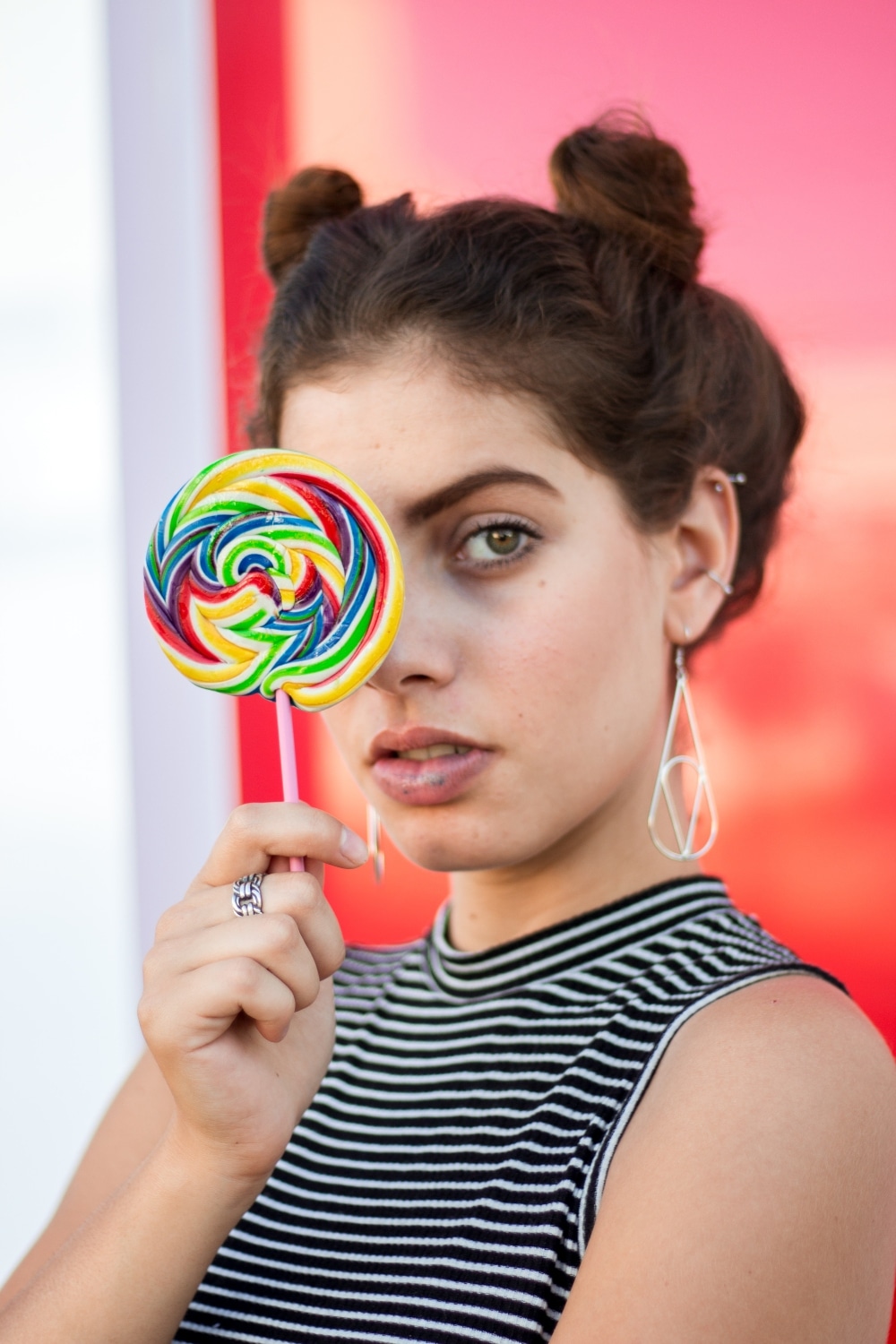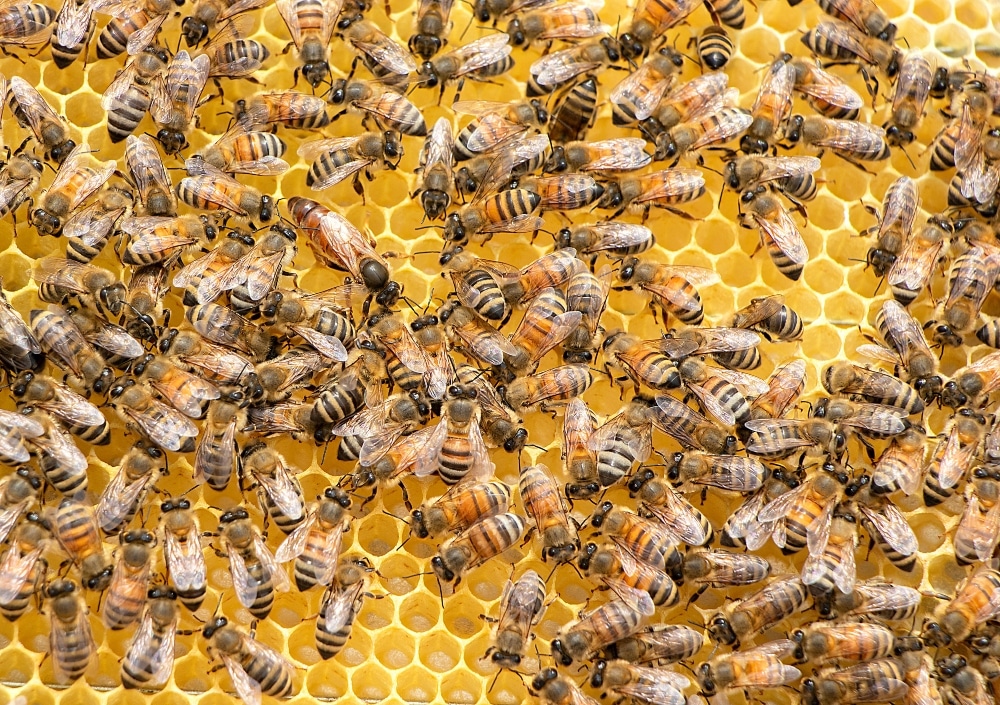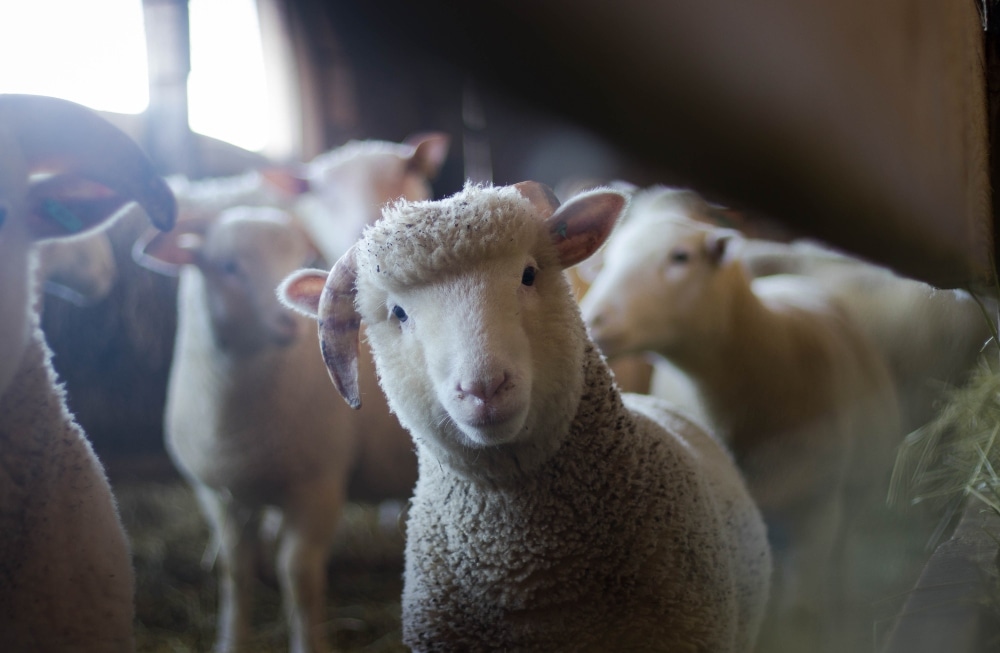In cacti across South America, thousands of tiny bugs can be found, known as cochineal beetles. They feed on the plant, consume its juice, and then, in many cases, they are killed by humans to make vibrant red food and cosmetic dye. Yep, it turns out, many pink and red candies, jellies, and cakes actually contain crushed-up insects.
Unfortunately, cochineal is far from the only non-vegan additive that is used in many of the foods we see on the shelves every day. Here’s what you need to look out for next time you’re stocking up the snack cupboard. But first, what actually are food additives, anyway?
What are food additives?
According to the World Health Organization (WHO), food additives are “substances added to food to maintain or improve its safety, freshness, taste, texture, or appearance.” While some are synthetic, others are natural. Salt and sugar, for example, both count as additives. But natural doesn’t necessarily mean plant-based. Cochineal is natural, but because it comes from an animal, it’s not vegan.
“Food additives can be derived from plants, animals, or minerals, or they can be synthetic,” WHO explains. It notes that they are usually divided into three broad categories: flavoring agents (used to improve taste); enzyme preparations (used to boost biochemical reactions); and “other additives.” The latter may be sweeteners or food colorings, for example.
7 non-vegan food additives to watch out for
To make things extra confusing, there are some additives that can be either plant-derived or animal-derived. Both stearic acid and glycerine, for example, can come from any natural fat, including animal fat or plant fat. So, with that in mind, it’s worth doing a little bit of research or looking for a vegan certification on a product if you’re not sure where its ingredients have been sourced.
That said, there are a few additives that are definitely not vegan. To help you spot these, we’ve listed some of the most common animal-derived ingredients below, together with their individual E number codes.
 Pexels
Pexels
1 Cochineal: E120
As highlighted above, cochineal comes from crushed beetles. It’s often used as a red food dye, and can also be labeled as carmine. Cochineal can be sourced from wild or farmed beetles (up to 89 billion a year are killed, according to some estimates!), and can also be found in red cosmetics, like lipsticks and blushes, for example.
2 Shellac: E904
Shellac, a type of natural resin, is also derived from bugs, only this time it comes from the secretions of female lac beetles. In the food industry, it’s used as a coating or glaze (you may see it referred to as confectioner’s glaze) and is responsible for giving candy that glossy shine—think jelly beans, for example. According to animal-rights organization PETA, it takes around 100,000 shellac bugs to produce one pound of shellac flakes.
 Pexels
Pexels
3 Beeswax: E901
The insect world is a pretty popular source of food additives. Beeswax is another natural additive used in food, and, as you’ve probably guessed, it comes from bees. Honey bees produce the natural wax to help form their hives, but in food, it’s often used as a stiffening agent, helping to solidify and stabilize formulas. Many activists and vegan advocates believe it is not ethical to consume beeswax, as the insects have to work hard to produce it. According to ProVeg International, one worker bee has to consume 10 kilos of honey to produce just one kilo of beeswax.
4Lactitol: 1E966
Lactitol is a sugar alcohol, which comes from lactose, a disaccharide from cow’s milk. This means that this particular food additive—which is often used as a low-calorie sweetener—is a product of the dairy industry. The latter is associated with cruel practices, including the repeated artificial insemination of female cows on factory farms.
5 Edible Bone Phosphate: E542
The clue is in the name on this one. Edible bone phosphate comes from, you guessed it, animal bones (mostly cattle and pig bones). According to The Vegetarian Society, it is often used in dry foods as an “anti-caking agent, to prevent the particles sticking together.” It can also be found in beauty products, as well as toothpaste and nutritional supplements.
 Pexels
Pexels
6Lanolin: E913
Bugs aren’t the only source of animal food additives—lanolin is another popular ingredient, and it comes from sheep’s wool. It’s a greasy wax, secreted to help the animals keep their wool dry, but in the food industry, it’s often used as a softener. It’s also often used as an emollient in cosmetics and skincare products. Lanolin sounds harmless, but it’s actually a byproduct of both the wool and meat industries, both of which have been linked with cruel practices.
7 Lysozyme: E1105
Lysozyme is a preservative, added to food to prevent microbial growth and make it last longer on the shelves. But, because it is often sourced from chicken eggs, it isn’t vegan. Most chickens in the US and the UK are factory farmed and kept in cramped, industrialized conditions. According to many reports, chickens on factory farms often have less than the size of an A4 piece of paper to move around.
For more on vegan ingredients, read:
JUMP TO ... Latest News | Recipes | Guides | Health | Subscribe









